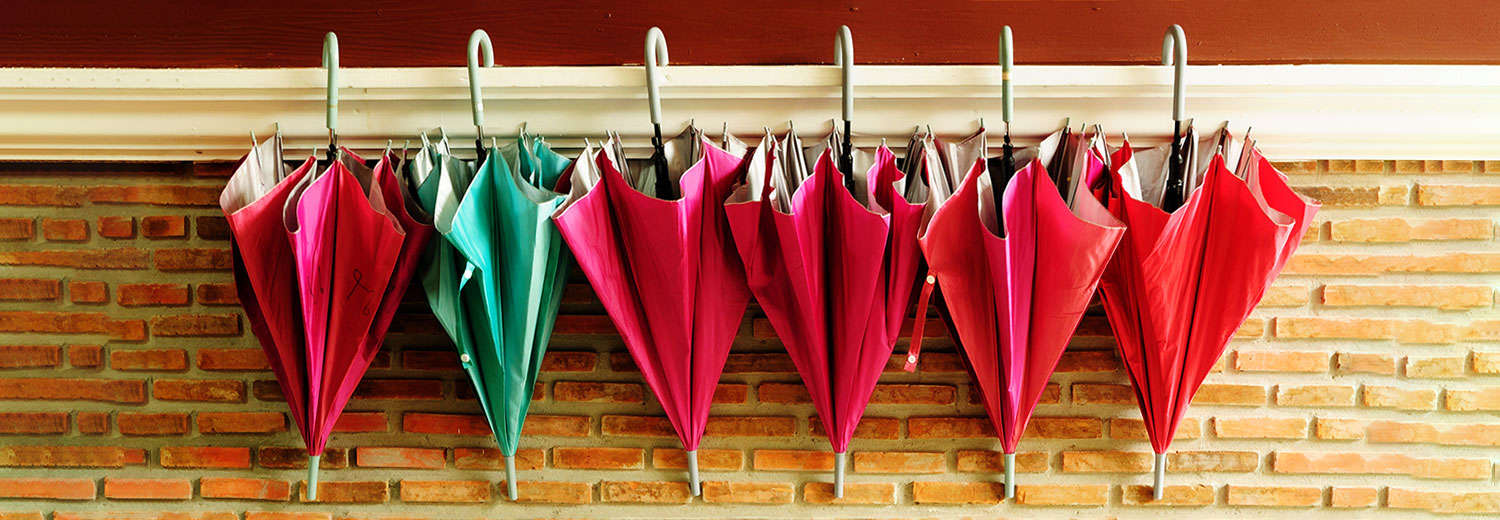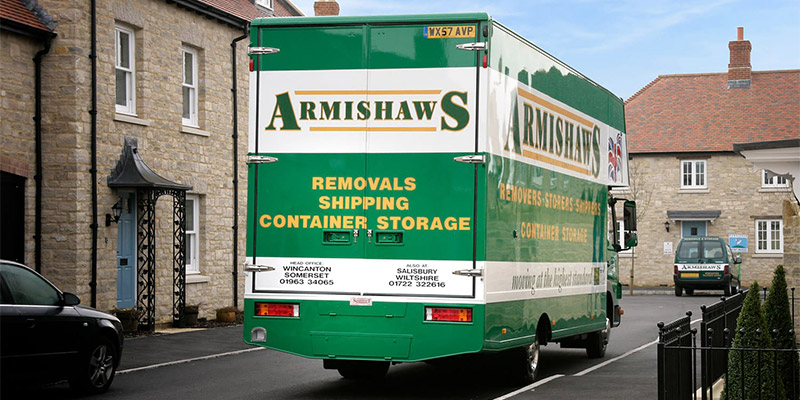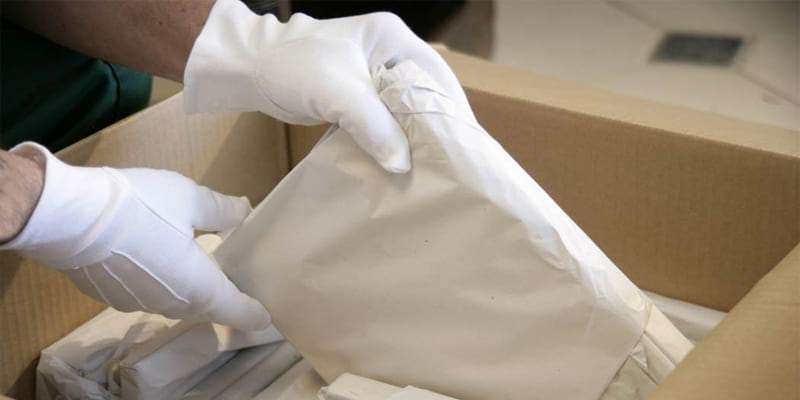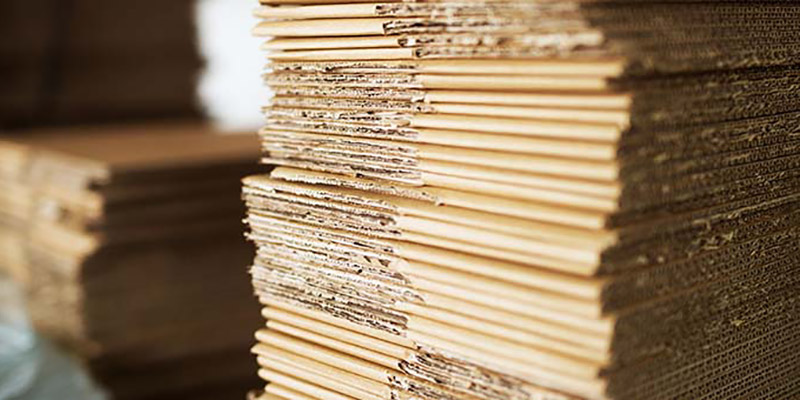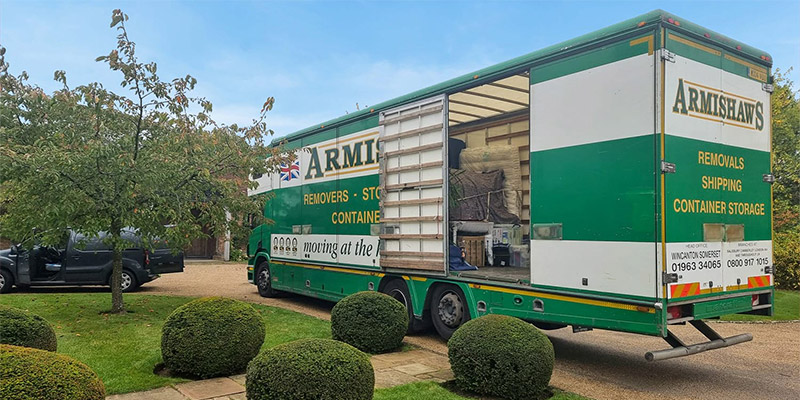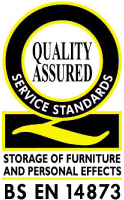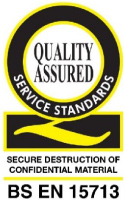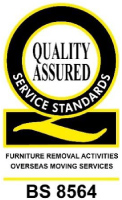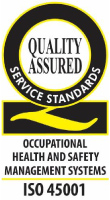17 Easy Tips For Moving House In The Rain
Advice For Rainy Removals
We always advise clients to be prepared. After months of foreboding weather reports warning that your moving month will bring storms and pestilence! Suddenly the forecast is looking brighter but as any Wimbledon fan knows, the British weather has a habit of misbehaving.
So having a ‘wet-weather plan’ ready is no bad thing. To help you get prepared, here are some handy tips to help deal a rainy relocation.
Seal Boxes
Double check the seals on boxes to ensure the flaps are secured with no gaps for rain to get into. Yes, that seems obvious but is overlooked surprisingly often. Also have cleaning products to hand. Even with the most diligent removal crew, the chances are there will be drips and splashes inside your home, so keeping a mop and vacuum cleaner handy could prove useful.
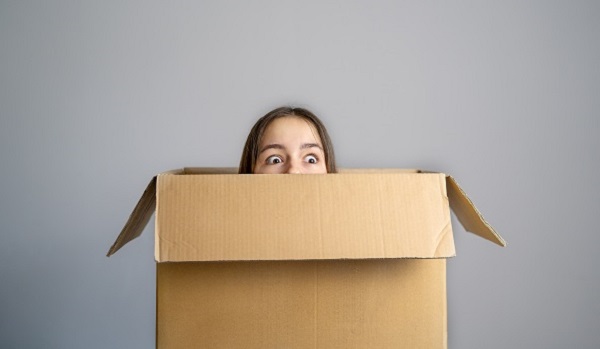
Stronger Cartons
In damper weather, old boxes will suffer worse. If you’re expecting rain, use new boxes where possible, they’ll be stronger and more rain resistant. Your boxes can still be reused and all cardboard should always be recycled (Armishaws use only recycled and recyclable cardboard wherever possible).
Mark Special Items
If there are some items that are more at risk should they get wet, make sure they’re clearly marked and discuss these with your removals team.
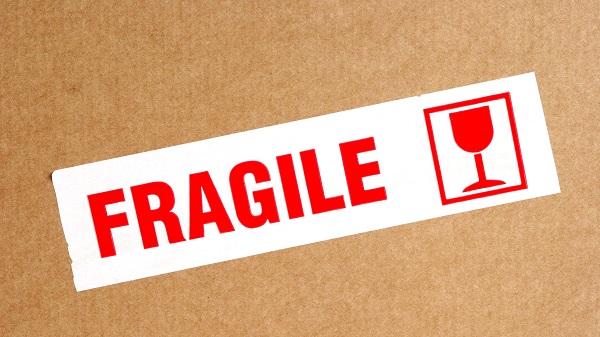
Protect Wood/Electronics
Wood that might mark and electrical goods should be completely covered. A good removals crew will know how to get the job done quickly and efficiently. Most companies offer full packing services, this will allow the pros to take care of the fiddly protective measures so you can relax.
Cover Floors
At Armishaws our trained crews can provide floor coverings and it’s certainly something we recommend. Cardboard boxes or plyboard can create an interior runway although they should be securely fastened together so there are no trip hazards. If you use boxes they should be clean and any printing placed facing up, away from flooring and carpets. To be doubly sure, use plastic sheeting under your makeshift walkway.
Plastic Sheeting
Available from DIY shops or even pound stores, plastic decorating sheets can provide an extra layer of protection. They tend to not be very robust and won’t stand up to a few trips of heavy boots, so should only be used as a secondary layer under something more durable.
Buy Bin Bags
Larger wheelie bin sized bin bags are conveniently large enough that they will slip over most boxes and wardrobe cartons without having to cut them. Don’t just leave them in place once they are in the van, they will drip water creating a wet floor, soaking the bottom of the boxes. Instead, place them over a box to carry it to the van, once in the van, remove the bag and take it back to cover the next box/item. Keeping the bags in one piece also means they can be reused (for your new bins) to prevent unnecessary waste.
Tarpaulins
Tarpaulins can provide quick, short-term protection if you have to place items outside for a short time. They won’t protect against really heavy downpours, but they can help keep the worst off in lighter rain. Make sure they are secured in place if covering items, or if you’re using them as temporary ground cover, ensure they are securely anchored and don’t create a trip hazard.
Check Your Route
It’s likely you might not be hugely familiar with the route to your new home. So check ahead, use a route finder app or map to look at your route. Check for any areas that might be liable to flooding (roads running close to rivers, low bridges where water might gather, etc) and have a ‘Route B’ as back up. Your removals team probably know a number of potential routes, so it’s a good idea to consult with them to make sure everyone is on the same page/map.
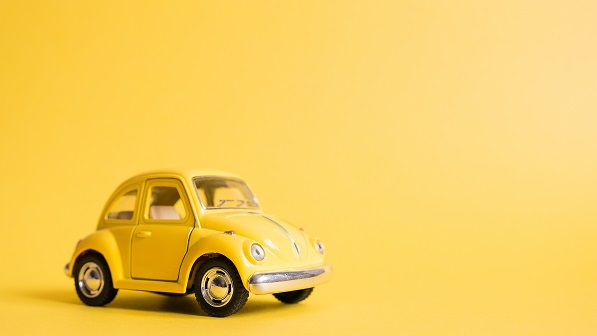
Tents & Marquees
Pop-up marquees can offer extra protection on the day so if you don’t own one but have a friend, relative or neighbour that could lend you one for the day it could help (it should be firmly anchored in place).
Use A Garage As A Staging Area
Moving items into a garage for easier access can reduce the number of wet boots entering the house. You can have an indoor team and outdoor team working in relay so those ‘wearing the rain’ don’t bring it inside.
Get Your Moving Vans Closer
To reduce the distance and amount of time items and boxes might be exposed to the rain, get your removals vans as close to the property as possible.
Don’t Drive On Grass
Even if you’re keen to get vehicles as close as possible, avoid driving on grass. Heavier vehicles will inevitably damage lawns, and in the worse-case scenario where there is particularly soft ground, they could get bogged down.
Cover Wet Ground
Plyboard, cardboard boxes, old carpet are all ideal to cover wet or muddy ground. If your removal team are likely to be crossing outdoor areas that are muddy or grassy, laying down a protective layer can keep the worst of the mud at bay. But if the day is likely to be windy, make sure to secure your temporary walkway in place using something like tent pegs.
Do not use scaffold boards. It’s something we see from time to time but scaffold planks are thin and can be wobbly, they’re certainly not suitable for heavy guys carrying even heavier boxes and furniture.
Wet Weather Clothes
In your rush to get everything packed, removal day arrives and… “Where did we put the wellies?!?” Make sure you have suitable wet weather gear to hand for everyone. It’s better to have it and not need it than realise it’s somewhere at the bottom of a huge pile of boxes (and you’re not even sure which box!).

Recycle & Reuse
Where possible, any items you use should ideally be reusable or be recycled. Moving home does have an environmental footprint which can be minimized with a little bit of planning. Our teams operate a box recycling scheme, use an eco-friendly alternative to bubble wrap, Armishaws are also planting sustainable woodland to offset carbon emissions and taking huge steps to ensure every move we undertake has as little impact on the environment as possible.
Don’t Forget The New House
Yep, you’ve managed to get everything out of your old house without too many boot prints or soggy cardboard. But don’t forget you’ve got to do it all again at the other end. If you can, take any floor coverings or protective measures with you to use at your new house.
Further Advice For Moving House In The Rain
In wet weather things will inevitably move slower and take longer. Crews might have to temporarily halt to avoid moving your items through the heaviest downpours, traffic is likely to be slower, wrapping furniture will need more attention. Plan ahead as much as possible to reduce the impact of the weather. Have floor coverings at the ready, communicate with your removals team, mark items that are more susceptible to bad weather. Rain is inconvenient but with simple steps and measures you can avoid major hold-ups.
If you are driving to your new property, your car will possibly be carrying more and therefore heavier than usual, drive accordingly, leave extra breaking space, drive slower on bends and roundabouts and avoid driving through standing water.
Patience is a virtue. Yes, moving home can be stressful but remember your moving team are on your side. They are experts at what they do and will want to get the job done as quickly and efficiently as possible. They want to do the best job for you, so work with them and take advice where offered.
Ready to start planning your move? Get a free quote.
Made that decision already and need help with packing or removals?
Click to view more information on our UK Removals page.
Moving abroad? We offer an overseas removals service too –
for more information click to view our European Removals or Overseas Removals pages.

